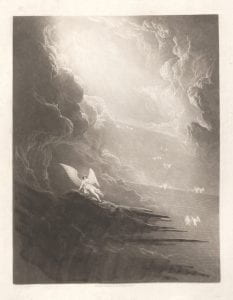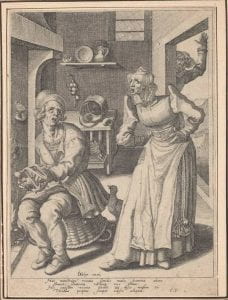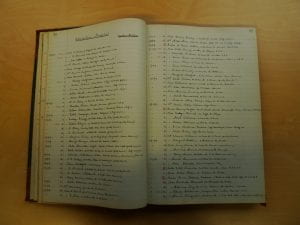Imagining a sublime hell: John Martin and Paradise Lost
I first encountered Romantic artist John Martin’s Satan viewing the ascent to Heaven in 2018, as part of the Dark Imaginings exhibition at the Noel Shaw Gallery in the Baillieu Library. It is just bigger than the size of an A4 sheet of paper in black and white, with the fine clarity afforded mezzotint prints, and shows the tiny winged Satan crouched on a cloud, a near vertical staircase behind him dotted with angels and awash in heavenly glow. The image, although small and monochromatic, is entirely, endlessly, captivating.

Continue reading “Imagining a sublime hell: John Martin and Paradise Lost”




